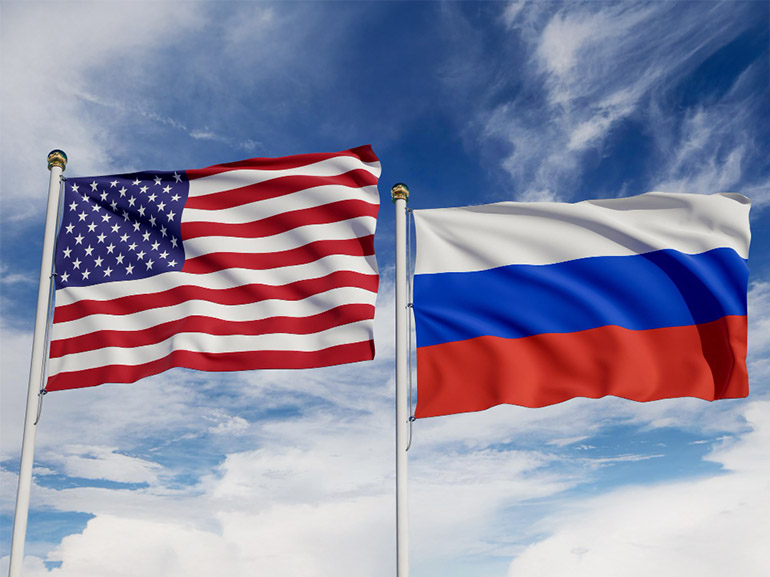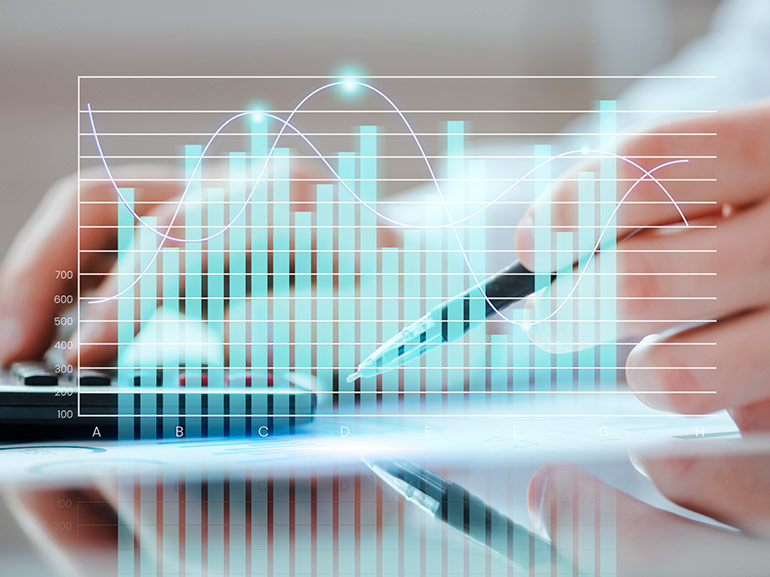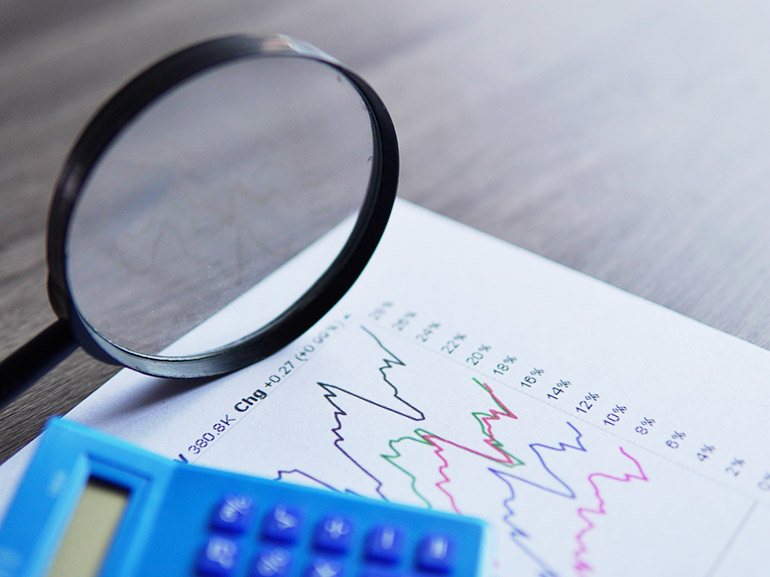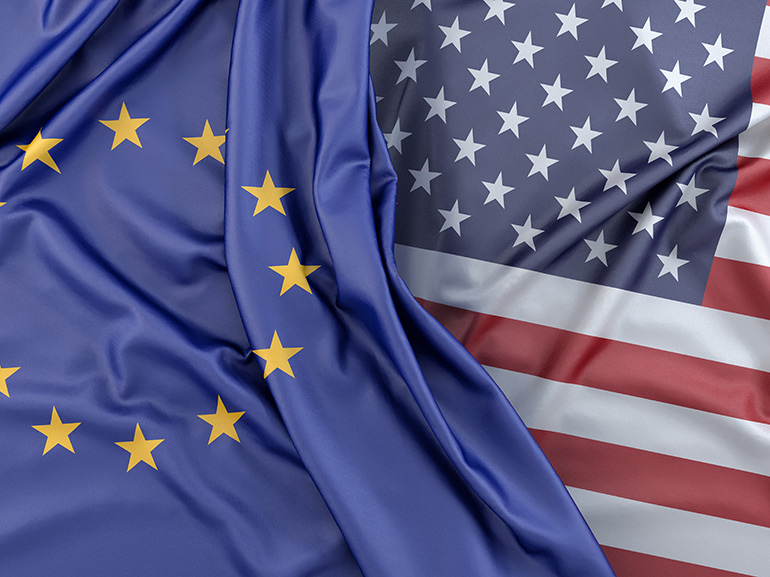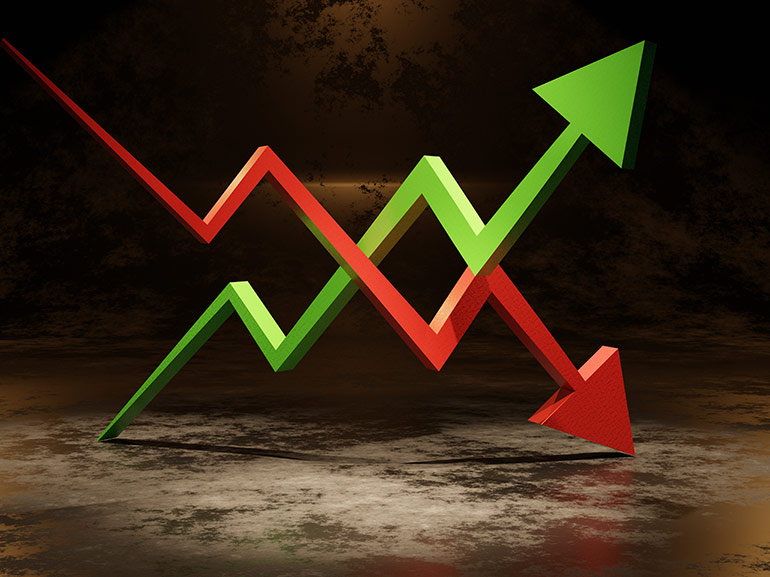Safe Haven Assets Explained: What Is a Safe Haven Asset?
In times of economic and geopolitical turmoil, many traders choose to move their investments into what are known as ‘safe havens.’ Let’s take a deeper look at this asset class:

TL;DR
Safe havens are assets that are expected to retain or grow in value during times of economic or geopolitical instability.
Precious metals like Gold are highly regarded, benefiting from inflation and geopolitical tensions.
Defensive stocks in sectors like healthcare, biotechnology, utilities, and consumer goods tend to perform well.
Safe haven currencies, like the Swiss franc and the US dollar, are seen as stable due to their countries’ political and economic stability.
Defining ‘Safe Havens’
Safe havens is the nickname used by many to denote holdings that are expected to hold their value, or even increase it, during periods of market volatility, given the fact that markets across the world have been periodically thrown into disarray over the past couple of years since the beginning of the COVID-19 pandemic and Donald Trump’s re-election, which brought with it a myriad of trade, safe haven assets may be growing in importance in the minds and portfolios of investors.
This asset class encompasses many forms; let’s take a look at a few key types of safe havens:
Precious Metals Shine
Gold (XAU) has historically been considered one of the most reliable safe haven assets; a classic, if you will. Other precious metals like Silver (XAG), Palladium (PA), and Platinum (PL) are subject to and benefit from the same market forces as Gold. Due to their nature as a physical commodity, mined from the earth itself rather than printed and assigned value by governments, their worth is generally immune to monetary policy tools like interest rate hikes. However, while decisions made by central banks like the Federal Reserve do not directly raise or lower the price of gold on the market, the supply and demand for yellow metal do indeed respond to general macroeconomic conditions. (Source: Schroders)
In times of high volatility and uncertainty regarding the near-term trajectory of the economy’s health, investors tend to push the price of Gold up.
What Moves Safe-Haven Assets Prices?
Despite their reputation for stability, safe-haven assets are not immune to price shifts. Their value can fluctuate in response to changing levels of market fear, global interest rates, and the perceived severity of geopolitical or economic events.
For example, an unexpected escalation in military conflict or a sudden banking crisis may drive increased demand for gold or the Swiss franc, pushing prices higher.
Conversely, when tensions ease or risk appetite returns, investors may reallocate funds into riskier assets, causing safe havens to retreat. In addition, central bank actions, particularly those related to interest rates or currency interventions, can influence the attractiveness of certain safe-haven assets.
Ultimately, it is investor sentiment, shaped by real-world developments, that dictates their movements.
Defensive Stocks Hold the Line
There are several market sectors on the stock markets that also generally tend to be seen as safe investments in times of macroeconomic turmoil. While demand for some types of consumer goods can rise and fall with the vagaries of general market movements, shares in biotechnology, utility, and food companies are often seen as relatively ‘safe’ purchases. This is because even in times of record volatility, regular citizens still need healthcare, food, and electricity.
One of the most well-known companies in the United States is considered by some as a safe haven investment: Walmart (WMT).
Which Currencies Are Considered Safe?
A third major category of safe haven assets are currencies. Generally, the relative risk of a nation’s currency is tightly interwoven with the stability of that country’s political and economic systems.
Switzerland’s venerable tradition of neutrality and lack of internal political conflict have led to the Swiss franc being traditionally considered one of the safest stores of value among major world currencies. In addition to its highly developed, stable economy, Switzerland’s monetary authorities are also unaffected by policies adopted by the European Central Bank, as Switzerland is not a member of the European Union. Accordingly, the Forex pair EUR/CHF may be expected to fall in times of uncertainty.
One of the other major safe-haven currencies preferred by traders may come as no surprise to savvy market watchers: the United States dollar. While the American economy has been on a rollercoaster for the past couple of years, and fears of political unrest are increasingly heard in major newspapers, the greenback’s status as the world’s premiere reserve currency and the bill of denomination for many goods worldwide has helped it preserve its status as a safe-haven currency.
Conclusion
In times of economic and geopolitical turmoil, many investors turn to safe haven assets to preserve wealth. Precious metals, defensive stocks, and certain stable currencies are commonly sought after for their ability to weather market volatility. As global uncertainties continue, these assets may play a growing role in the portfolios of risk-averse investors, providing a hedge against inflation, political instability, and market fluctuations.
FAQs:
What are safe haven assets?
Safe haven assets are investments expected to retain or increase in value during times of market volatility or economic turmoil.
Why is gold considered a safe haven?
Gold is seen as a store of value that is not tied to any specific currency or monetary policy, making it a reliable hedge during times of inflation or economic uncertainty.
What are defensive stocks?
Defensive stocks are shares in sectors like healthcare, utilities, and consumer goods that tend to be less affected by market fluctuations, as people continue to need these services regardless of the economy.
Why are the Swiss franc and the US dollar considered safe havens?
The Swiss franc benefits from Switzerland’s stable political and economic environment, while the US dollar is the world’s primary reserve currency and is widely used for international trade, making it a safe bet during times of instability.
Can safe haven assets lose value?
While generally considered safe, no asset is entirely risk-free. Changes in the market, unexpected geopolitical events, or shifts in economic conditions can still affect the value of safe havens.
*Past performance does not reflect future results.


